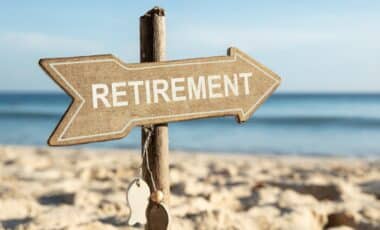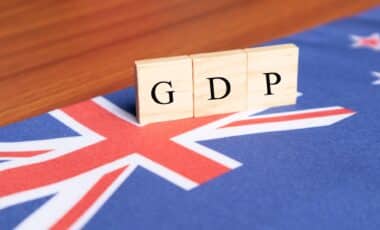Australia’s economy has emerged from a prolonged per capita recession, marking an end to seven consecutive quarters of decline.
The country’s gross domestic product (GDP) grew by 0.6% in the December quarter and 1.3% over the year, according to the Australian Bureau of Statistics (ABS). This signals a significant turnaround from the sluggish growth recorded in the previous quarter.
The recovery comes amid improving economic conditions, including rising household incomes, lower inflation, and strong employment growth.
Economists and government officials have welcomed the data, suggesting that the country has moved beyond the most challenging phase of its economic cycle. However, concerns over productivity stagnation remain a key issue for long-term growth.
Economic Recovery Gains Momentum
The latest ABS figures indicate that Australia’s economy expanded at a faster rate than its population, breaking a nearly two-year period of per capita economic decline. GDP per person increased by 0.1% in the December quarter, while household disposable income rose by 1.4% over the same period.
The rebound in economic activity follows a period of subdued growth that saw the economy struggling at its weakest pace since the 1990s recession, excluding the pandemic years.
According to Reserve Bank of Australia (RBA) deputy governor Andrew Hauser, the economy is making progress towards rebalancing after the inflation surge of 2021 and 2022. “Inflation is down and employment is up. We are moving on from the narrow path,” he stated.
The improving outlook has also been supported by strong wage growth and a high employment rate, which have helped to lift real household incomes.
Treasurer Jim Chalmers said the data confirm that per capita GDP, real incomes, and household consumption are now all growing again. “This is looking more and more like the soft landing we have been planning and preparing for,” he said.
The government attributes the positive shift to falling interest payments, tax cuts, and sustained employment growth, which have helped ease financial pressure on households.
Productivity Concerns Remain Despite Economic Progress
While the latest figures highlight a return to growth, concerns over Australia’s long-term productivity challenges persist. According to the Australian Chamber of Commerce and Industry (ACCI), productivity levels continued to decline in the December quarter, extending a trend that has hindered economic efficiency in recent years.
“Business profits are up with gross operating surplus rising 1.1% for the quarter, and this is a welcome development,” said ACCI chief executive Andrew McKellar. “[But] productivity was again negative in the December quarter and has been for some time and we call on both sides of politics to address productivity as a priority,”
Economist Callam Pickering echoed these concerns, noting that Australia’s workforce has seen no significant productivity improvement in nearly a decade.
“Australian workers are no more productive today than they were nine years ago,” he said.
He warned that without targeted policy measures, low productivity could undermine future economic growth.









